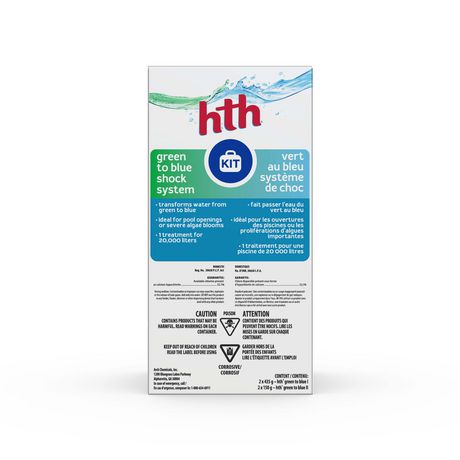


Chlorine accelerators, such as Yellow Out work to boost your chlorine level to fight severe algae blooms of all colors.īacteria & Bather Waste: Bacteria can enter the pool from many sources, and most of it is harmless. Depending on the severity of the algae, 10–30 ppm chlorination is needed to kill active algae blooms. Stabilized dichlor shock has a near-neutral pH. Some types of pool shock, including cal-hypo and liquid chlorine, will raise the pH slightly. A pH on the slightly low side of the ideal range, or around 7.2–7.4, will allow the chlorine shock to be most potent. But to kill algae and clear the pool, you'll need to use pool shock. Pool algae growth can be controlled with algaecide. We like to call these the A-B-Cs of Pool Shock.Īlgae: Green, yellow, pink, or black, the best algaecide is chlorine, and lots of it. There are really 3 main reasons to shock a pool or spa, raising the Free Available Chlorine level high enough (10–30 ppm) to oxidize or destroy the offending contaminants. Bromine-treated pools and spas also use pool shock to reactivate bromide ions in the water. Another common reason to shock a pool is to remove excess bather waste and bacteria after heavy pool use, contamination events, or to treat visible algae in the water. One is to remove combined chlorine molecules, aka chloramines, from the water.

Why do you need to shock a pool? Pools are shocked for a few different reasons.


 0 kommentar(er)
0 kommentar(er)
